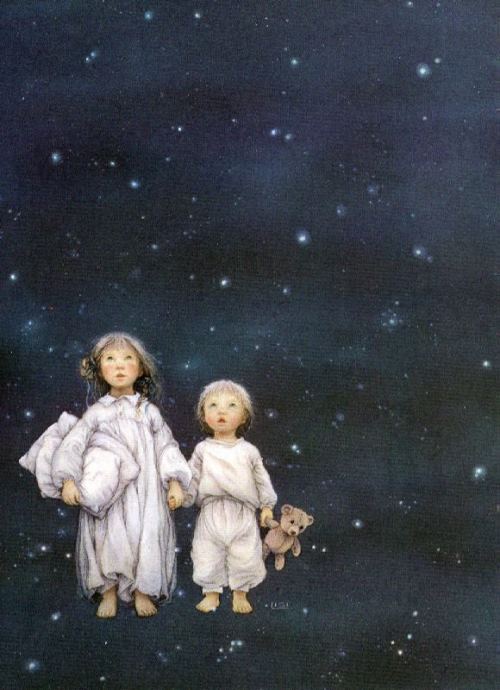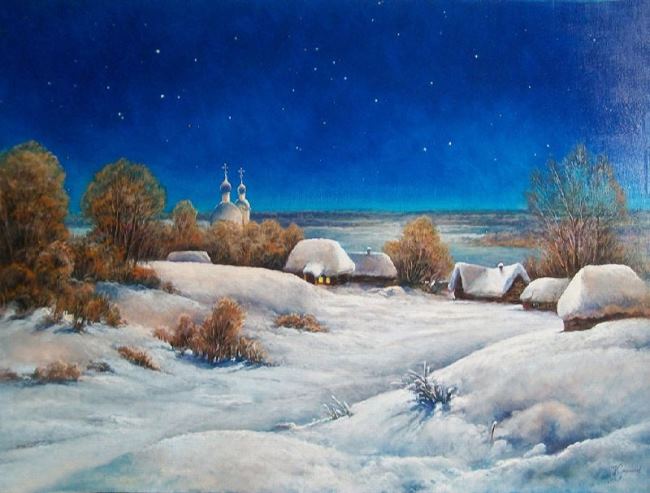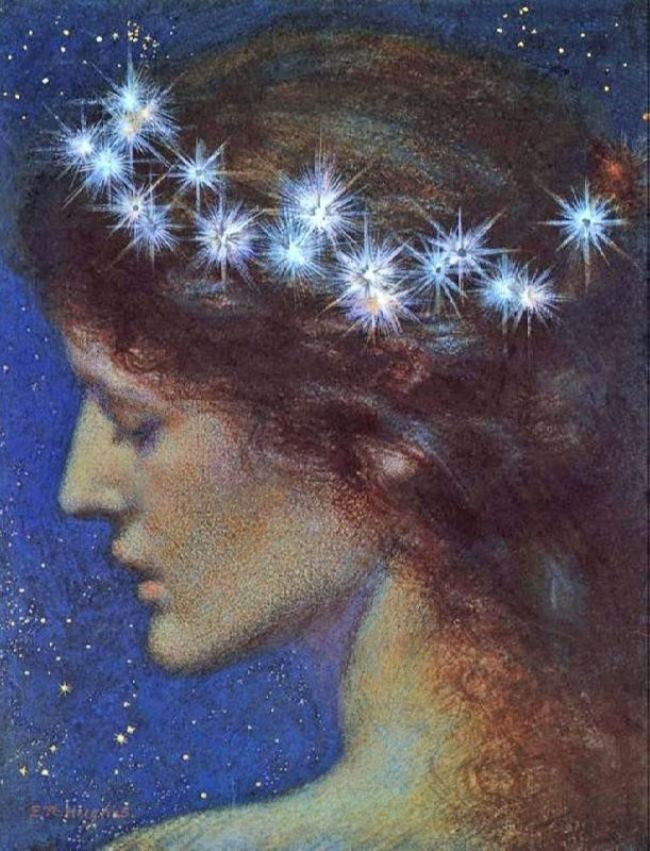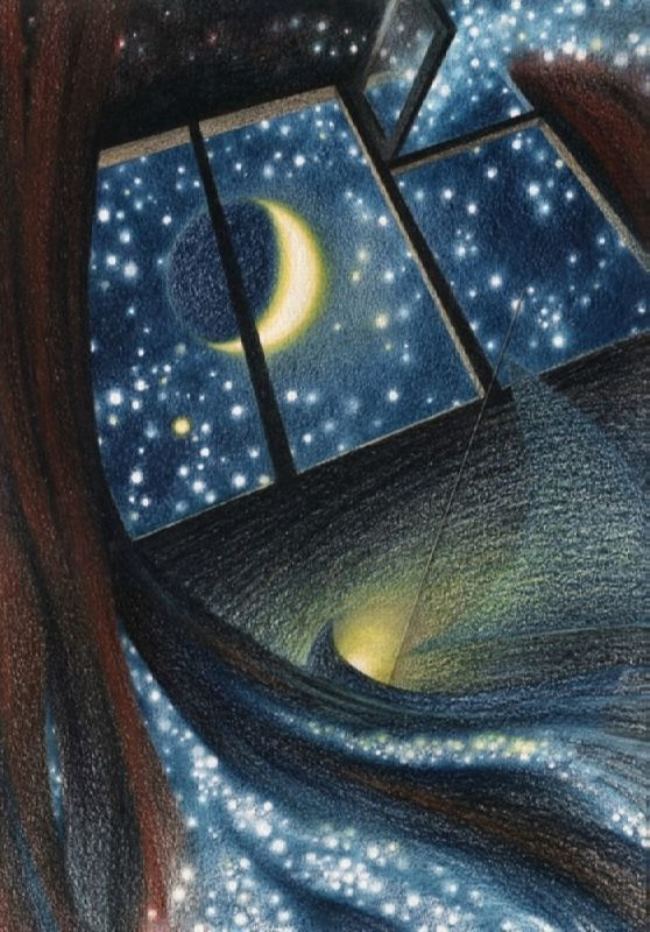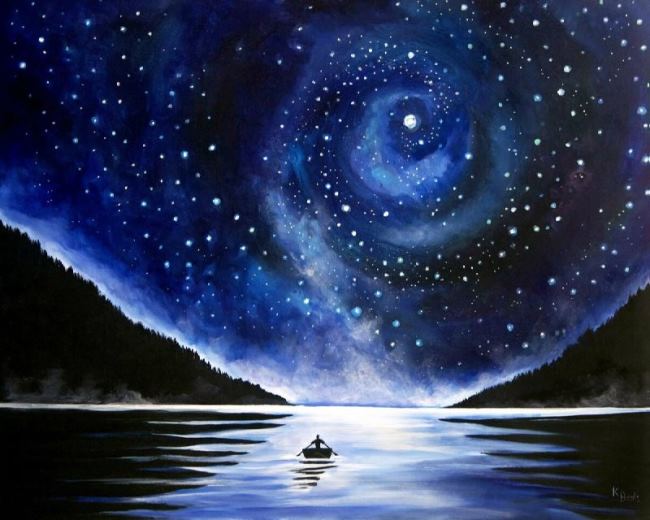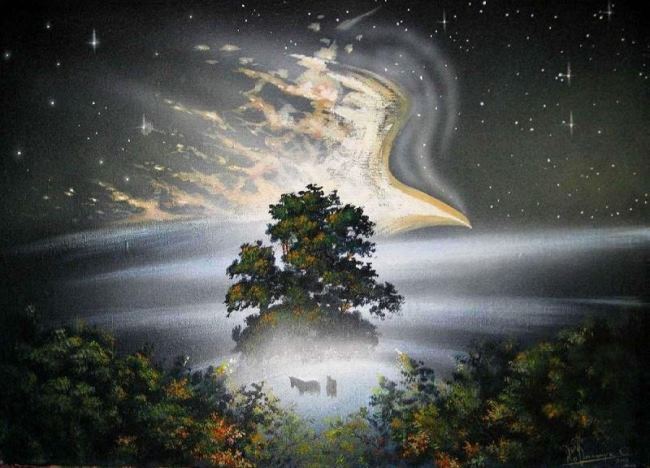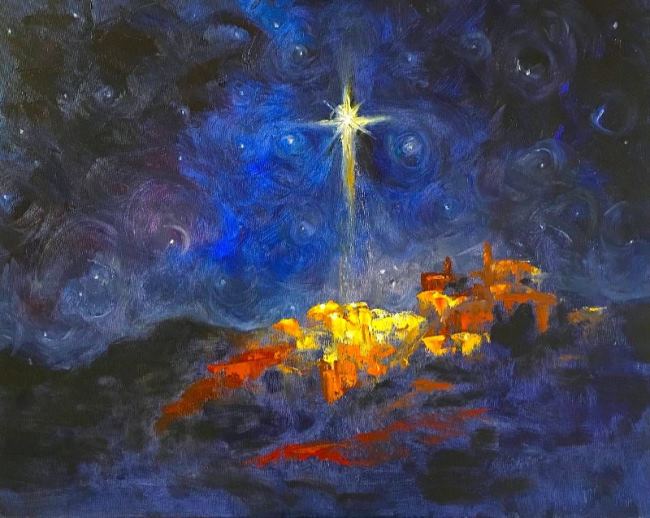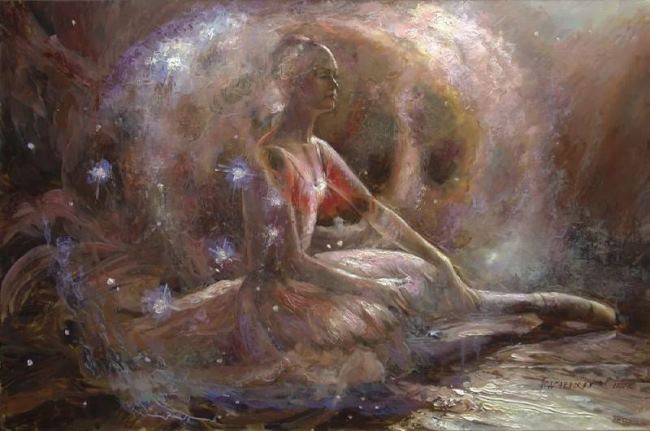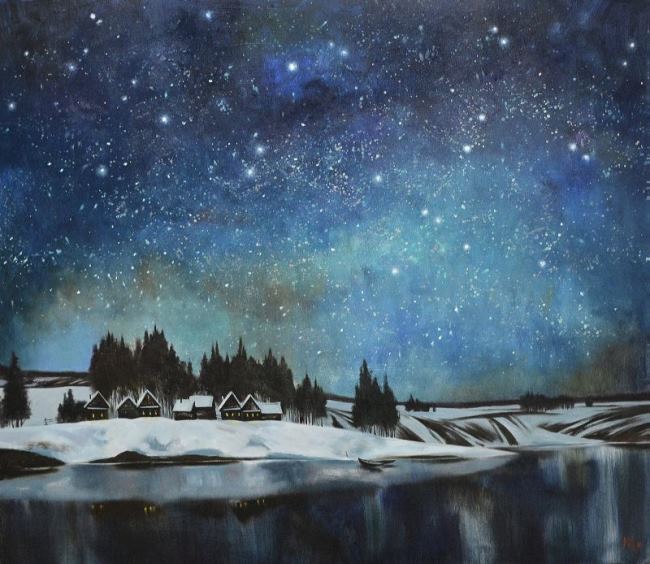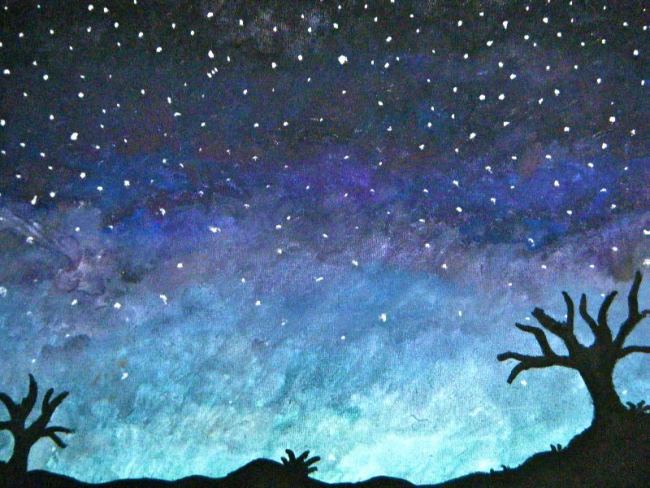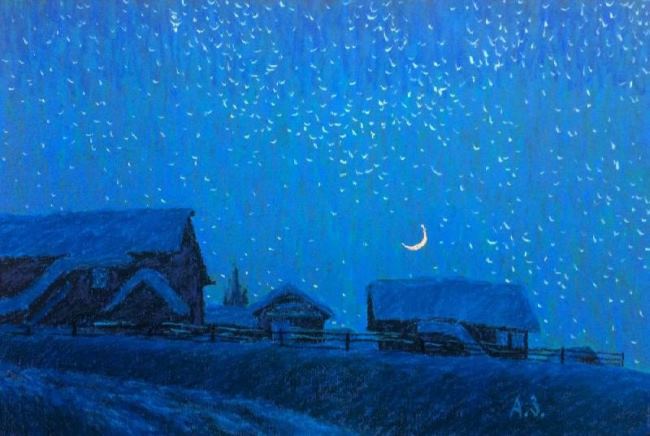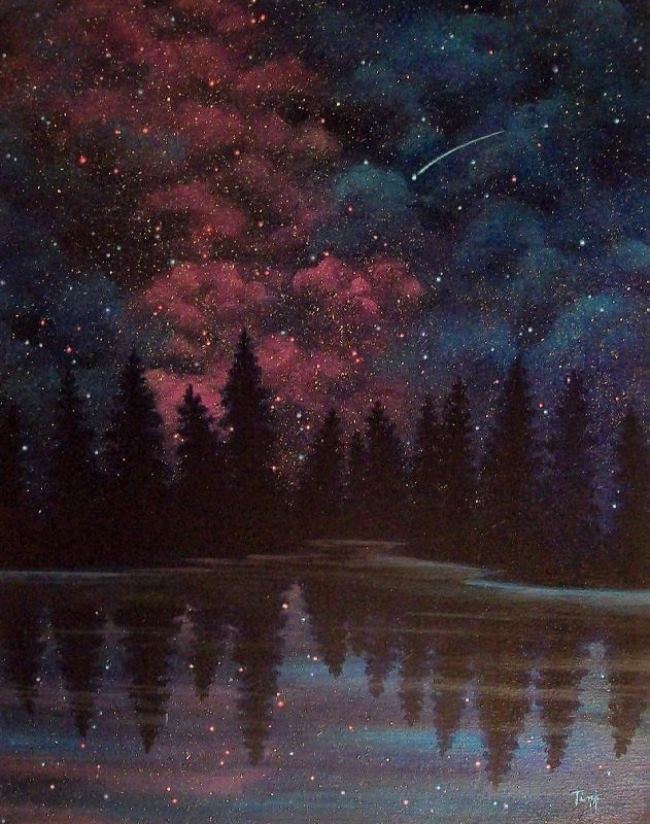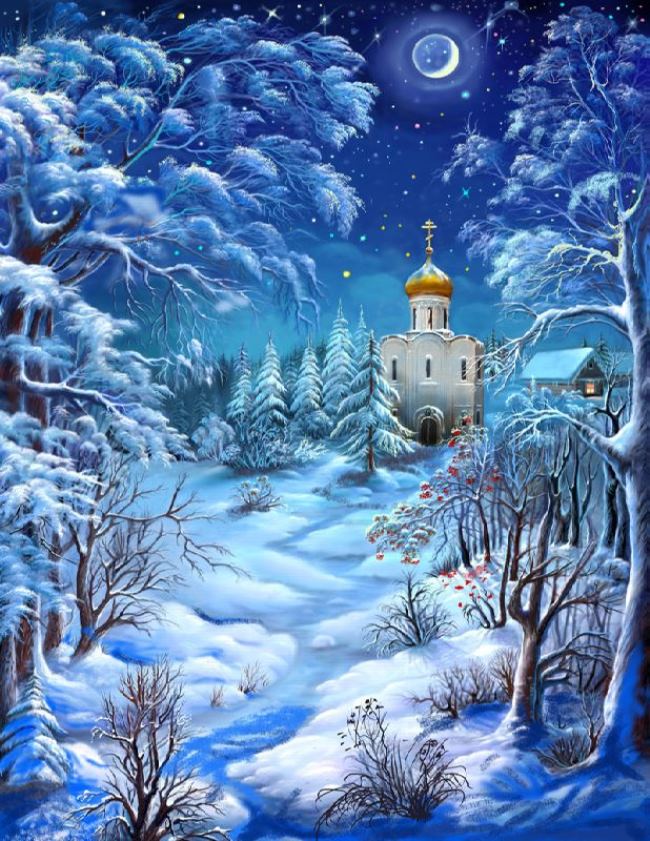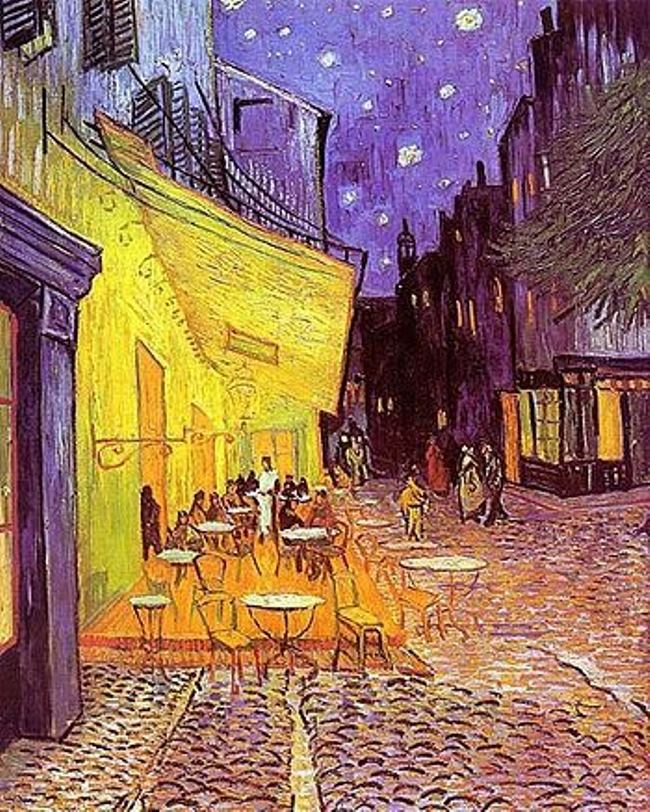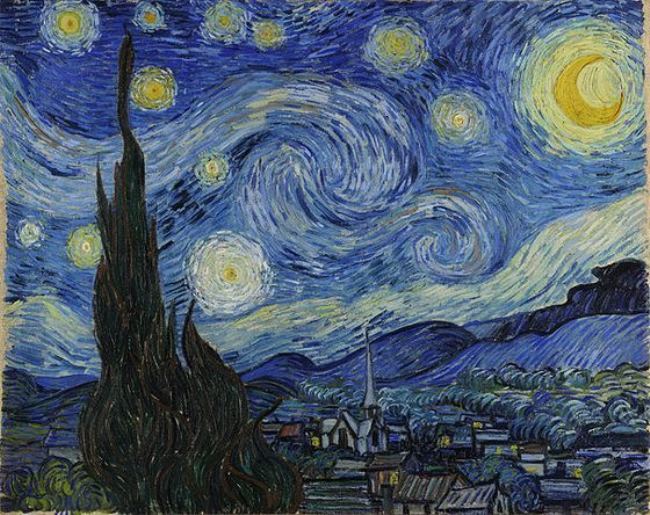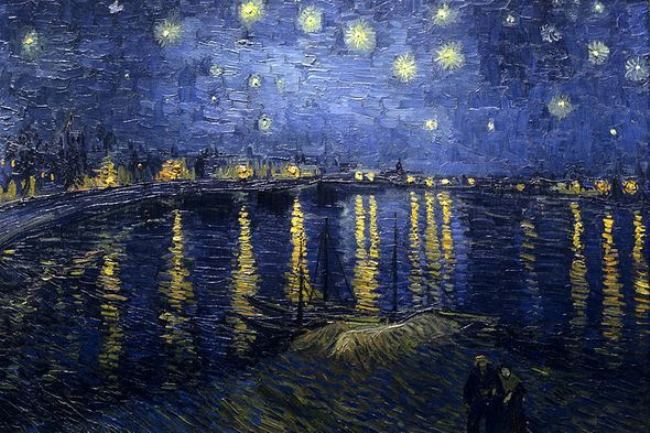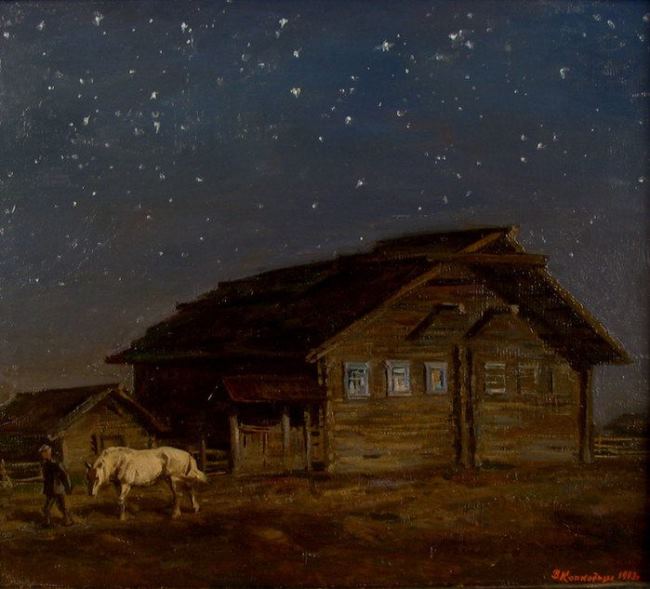Stars and depth of the Universe
When on a clear night you look at the sky from an open place outside the city, it seems to you that it is strewn with countless stars. It is as if someone had scattered a great many diamonds on dark velvet – the stars sparkle and shimmer with colorful lights.
The impression of the countless stars visible to the naked eye is erroneous. It will disappear if you remember the main stars of the constellations. Even on the clearest moonless night outside the city, where city light does not interfere, only about 3,000 stars are visible in the sky to the naked eye.
The number of stars seems exaggerated, while we still do not understand the pattern of constellations. The impression of countless stars is enhanced by their flickering – the same stars seem to be brighter or weaker due to the fact that air streams of different densities flow between them and us. It was agreed to call the brightest stars First Magnitude stars, and the weakest of those visible with the naked eye – 6th magnitude. 8th and 9th magnitude are visible through binoculars, and even weaker ones through the telescope.
Astronomers using powerful telescopes have counted many stars. Moreover, for many stars, they determined very accurately their position in the sky and set their apparent magnitude. More than two thousand years ago, Greek scientists compiled the first lists of stars, which indicated the exact position of hundreds of stars in the sky. Such large lists with the designation of the positions of stars are called star catalogs.
The position of stars in the sky is determined using various special tools. Nowadays, small telescopes equipped with metal circles divided into degrees and their shares serve for this.
The position in the sky of brighter stars is determined with greater accuracy than the position of numerous faint stars. In total, thanks to the efforts of scientists from different countries and at different times in the catalogs recorded the position of almost a million stars. This is about one and a half times more than the number of stars that we see with the naked eye in both hemispheres of the Earth, and five times more than the number of hair on the head of a person with thick hair.
So, about a million stars are strictly registered, and not just counted.
Less bright stars, weaker than the 11th magnitude, are calculated so far only approximately – approximately the same as trees of different species in a large forest.
Interesting facts about stars
• The sun is the closest star. It, located just 150 million km from Earth, is an average star by the standards of space. You know, it is classified as a yellow dwarf G2. The Sun has converted hydrogen to helium for 4.5 billion years, and is likely to continue to do so for another 7 billion years. When it runs out of fuel, it will become a red giant, bloating will increase the current size many times. And when it expands, it will absorb Mercury, Venus, and possibly even the Earth.
• The stars are in perfect balance. Any luminary, as it were, is in constant conflict with themselves. On the one hand, the whole mass with its gravity constantly compresses it. But the hot gas exerts tremendous pressure from the center to the outside, pushing it away from gravitational collapse. Nuclear fusion, in the nucleus, generates a tremendous amount of energy. When a star becomes brighter, it expands and turns into a red giant. When nuclear fusion in the center ceases, nothing can hold back the growing pressure of the overlying layers and it collapses into a white dwarf, neutron star or black hole.
• Most of them are red dwarfs. They emit less than 1/10, 000 solar energy and can burn for tens of billions of years.
• The color of stars can vary from red to white or blue. Red color corresponds to the coldest stars with a temperature of less than 3500 degrees Kelvin. Our luminary is yellowish-white, with an average temperature of about 6,000 Kelvin. The hottest stars are blue, with a surface temperature above 12,000 degrees Kelvin. Thus, temperature and color are interconnected. Mass determines the temperature. The larger the mass, the larger the core will be and the more active nuclear fusion will occur. This means that more energy reaches its surface and raises its temperature. But there is an exception, these are red giants. A typical red giant can have the mass of our Sun, and be a white star throughout life. But as it approaches the end of its life, it increases and luminosity increases by 1000 times and seems unnaturally bright. Blue giants are just big, massive and hot luminaries.
• Let’s talk about the red giants, or more precisely, about the red supergiants, against which our luminary looks very small. The red supergiant is Betelgeuse, in Orion constellation. It is 20 times the mass of the Sun and at the same time 1000 times bigger. The largest known star is VY Canis Majoris. It is 1800 times larger than our Sun and would fit into the orbit of Saturn!
• The closest to Earth is Proxima Centauri, located 4.2 light years from Earth. In other words, it takes the light itself for more than 4 years to complete the journey from Earth. If we launch the fastest spaceship ever launched from Earth, it will fly to it for more than 70,000 years. At the moment, traveling between the stars is simply not possible.
